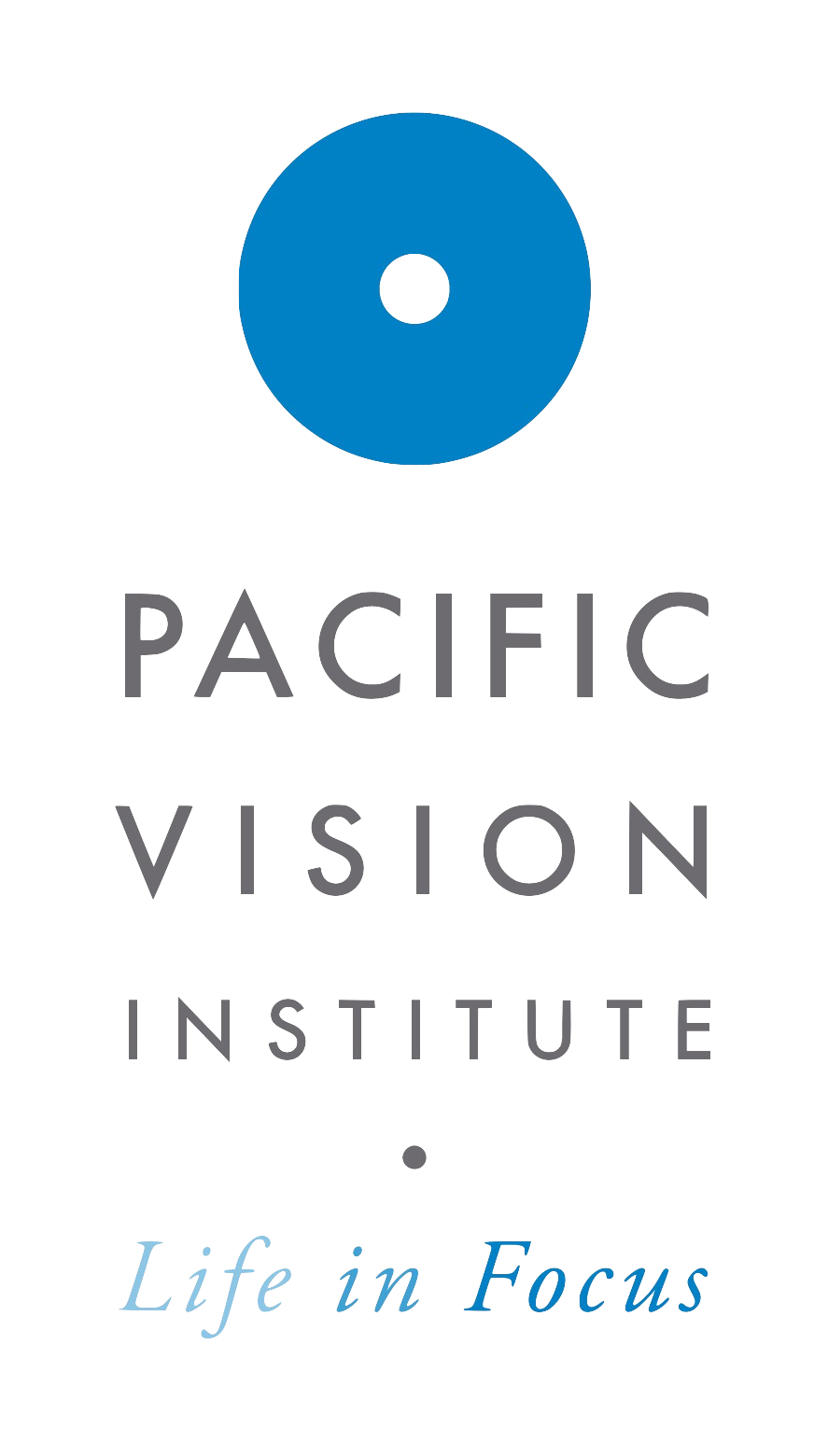Comparing Laser Vision Correction Techniques: What’s Best for You?
When considering freedom from glasses or contact lenses, laser vision correction is often the first option many people explore. But with various techniques available, choosing the best one for your needs can feel overwhelming.
We explore all the options with our patients and counsel them on the best treatment for their eye anatomy and vision needs. In this blog, we’ll compare popular laser vision correction techniques to help you make an informed decision.
Basic Overview of Laser Vision Correction Techniques
LASIK (Laser-Assisted In Situ Keratomileusis)
LASIK is the most well-known and commonly performed laser eye surgery. During LASIK, a thin flap is created on the cornea’s surface, which is then lifted to allow a laser to reshape the underlying corneal tissue. This reshaping corrects vision by improving how light is focused on the retina.
Benefits:
- Fast recovery (most patients notice improved vision within 24 hours)
- Minimal discomfort
- Long-term effectiveness for treating nearsightedness, farsightedness, and astigmatism
Ideal candidates are patients with:
- Sufficient corneal thickness
- Healthy eyes
PRK (Photorefractive Keratectomy)
PRK is an alternative to LASIK, especially for those with thinner corneas or other conditions that may make them ineligible for LASIK. Instead of creating a corneal flap, PRK removes the cornea’s surface layer, allowing the laser to reshape the cornea directly. Over time, the surface layer regenerates.
Benefits:
- Suitable for patients with thin corneas
- Avoids potential flap-related complications
- Delivers similar long-term results as LASIK
Ideal candidates:
- Have thinner corneas
- Have uneven corneas
Advanced Custom Topography-guided, Wavefront-optimized, and Wavefront-guided LASIK and PRK
Modern LASIK and PRK are customized,advanced versions of traditional procedures. They utilize detailed mapping of the eye’s unique imperfections (higher-order aberrations) to provide highly customized treatment. This allows for more precise vision correction, reducing issues such as glare, halos, or poor night vision.
Benefits:
More customized
Precise correction
Can improve visual quality beyond just 20/20 vision by reducing higher-order aberrations
Ideal candidates:
Patients looking for highly precise vision correction
Those who experience issues like night glare
Advanced Topography-Guided CONTOURA® Vision LASIK
CONTOURA® Vision LASIK is the most advanced LASIK option. It uses topography-guided technology to create an incredibly detailed map of the cornea’s surface. This map allows the laser to target vision errors and corneal irregularities precisely. As a result, CONTOURA® Vision can offer even sharper vision and may correct issues that traditional LASIK or other procedures cannot address.
Benefits:
- Treats corneal irregularities
- Improves visual clarity beyond 20/20 for many patients
- Has one of the highest satisfaction rates among laser procedures
Ideal candidates:
- Those seeking the highest level of visual clarity and correction of corneal irregularities
- Patients with previous vision correction surgeries or irregular corneas
Key Differences Between Techniques
Now that you’re aware of your options let’s look a little deeper at their differences:
Procedure and Recovery
- LASIK: Quick, with most patients experiencing rapid recovery and improved vision within a day. Creating a corneal flap makes it less suitable for patients involved in contact sports or with thin corneas.
- PRK: Longer recovery than LASIK, with several days to weeks needed for complete visual clarity. However, the absence of a flap reduces certain risks.
- CONTOURA® Vision LASIK and PRK: Highly advanced and delivers sharper vision for many patients, treatment is based on 88,000 corneal data points
- Wavefront-optomized LASIK and PRK: Highly advanced and delivers sharper vision for many patients, treatment is based on corneal curvature parameters
- Wavefront-Guided Procedures: Uses the maps of the entire vision system, including the lens inside the eye. The map uses 2,000 data points
Vision Outcomes
Modern LASIK and PRK provide excellent visual outcomes in the hands of meticulous surgeon, experienced in analyzing corneal and intraocular data generated by the advanced mapping devices,
Who Is a Good Candidate for Each Procedure?
- LASIK: Best for those with average corneal thickness, normal corneal topography, and other considerations that are discussed during the consultation.
- PRK: Ideal for individuals with thin corneas, irregular corneas, or those seeking a procedure without a flap.
- Another flapless procedure is called SMILE, but it can not currently be customized the same way that modern LASIK AND PRK can.
Need Help Choosing the Best Technique for You?
Choosing the right laser vision correction technique depends on various factors, including eye health, lifestyle, and vision goals. Whether you’re a candidate for LASIK, PRK, or an advanced option like CONTOURA® Vision, a consultation with an experienced surgeon can help determine the best choice for your unique needs.

